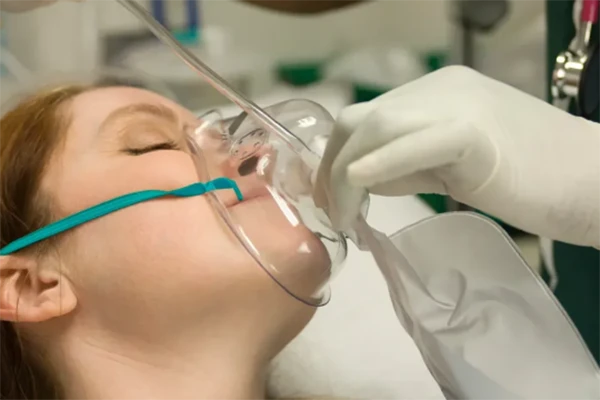In the realm of emergency medical care, the use of non-rebreather masks plays a crucial role in providing oxygen to patients who are experiencing respiratory distress. These masks are a type of oxygen delivery device that is designed to deliver a high concentration of oxygen without the risk of carbon dioxide rebreathing. In this blog post, we will explore the purpose of non-rebreather masks, their design, and the situations in which they are most commonly used.
What is a Non-Rebreather Mask?
A non-rebreather mask, also known as a non-rebreathing mask, is a type of oxygen mask that is designed to deliver a high concentration of oxygen directly to the patient's airways. Unlike standard oxygen masks, non-rebreather masks have a specific design that prevents the patient from inhaling exhaled carbon dioxide.

Key Features of Non-Rebreather Masks:
One-Way Valves: These masks are equipped with one-way valves that allow exhaled air to escape but prevent the inhalation of exhaled carbon dioxide.
Oxygen Flow Rate: They are designed to work with high oxygen flow rates, typically between 10 to 15 liters per minute, to ensure a high concentration of oxygen is delivered.
Comfort and Fit: Non-rebreather masks are designed to be comfortable and fit securely on the patient's face to minimize oxygen leakage.
Uses of Non-Rebreather Masks:
Respiratory Distress: They are commonly used in cases where a patient is experiencing severe respiratory distress and requires a high concentration of oxygen.
Emergency Situations: Non-rebreather masks are often used in emergency situations, such as during a heart attack or severe asthma attack, where rapid oxygenation is critical.
Transport of Patients: They are also used during the transport of patients who require a high concentration of oxygen, such as in an ambulance or helicopter.
Medical Procedures: In some medical procedures where the patient's oxygen levels need to be closely monitored and maintained, non-rebreather masks may be used.
The Importance of Proper Use:
While non-rebreather masks are a valuable tool in emergency medical care, it is essential that they are used correctly. Improper use can lead to a decrease in the oxygen concentration delivered to the patient, potentially worsening their condition.
The Future of Oxygen Delivery:
As medical technology continues to advance, we can expect to see further improvements in the design and functionality of non-rebreather masks. Innovations may include more efficient oxygen delivery systems, better fitting masks for increased comfort, and integration with other medical devices for more comprehensive patient care.
Conclusion:
Non-rebreather masks are a vital component of emergency medical care, providing a means to deliver high concentrations of oxygen to patients in need. Understanding the purpose and proper use of these masks is essential for healthcare professionals and can be life-saving in critical situations.
Post time: May-11-2024





